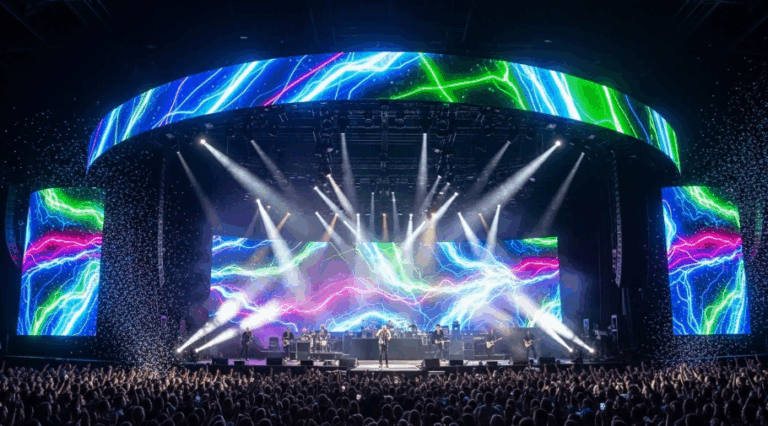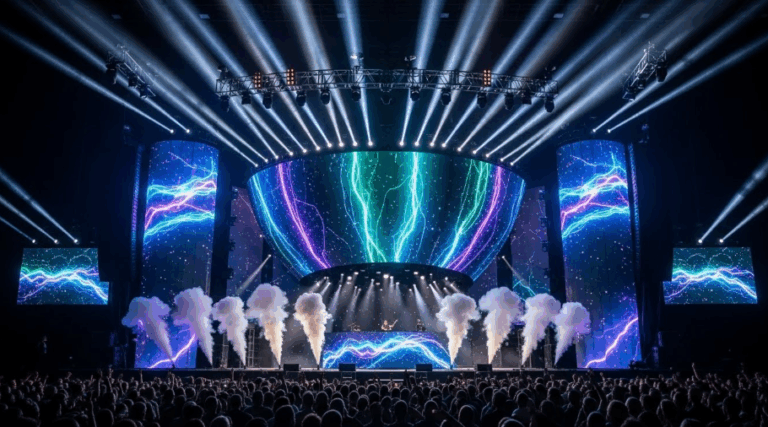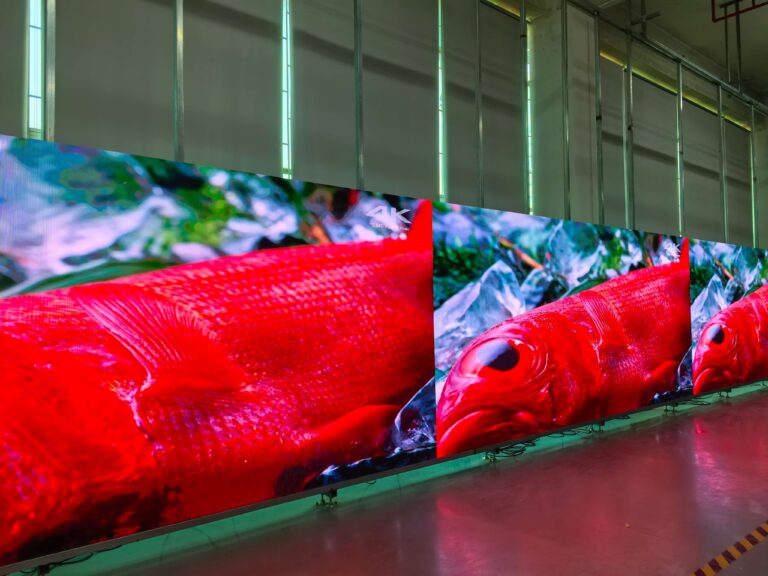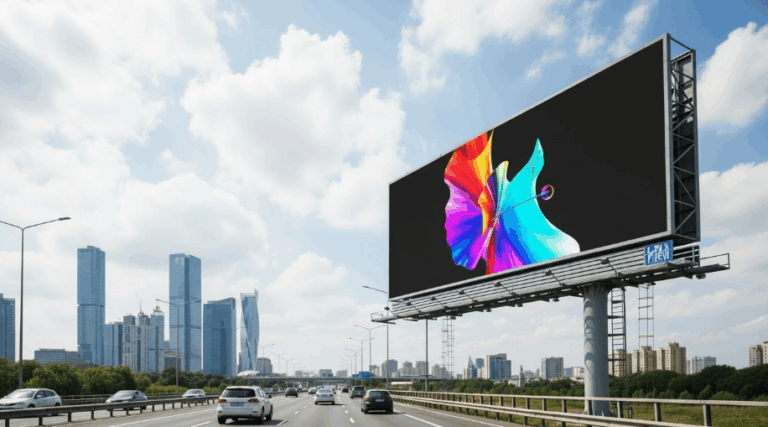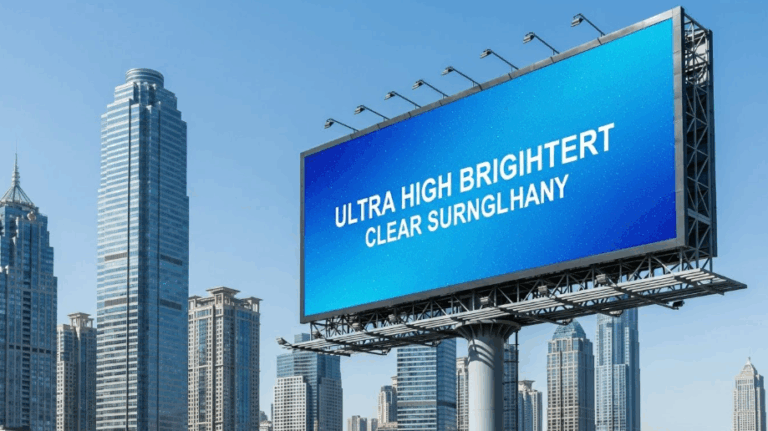The LED display screen market in 2022 will fluctuate. Affected by the overall economic environment, the market situation of the LED display screen industry will also be more severe. At the same time, the competition within the industry will become increasingly fierce. With the advantages of high brightness and high refresh rate of LED electronic display screen, it has become the leader in the field display screen category, but it is also the light pollution caused by the high brightness of LED electronic display screen that is often criticized by everyone. In order to prevent light pollution, Sostron has sorted out some methods for setting safety brightness parameters and safety protection of LED electronic displays.
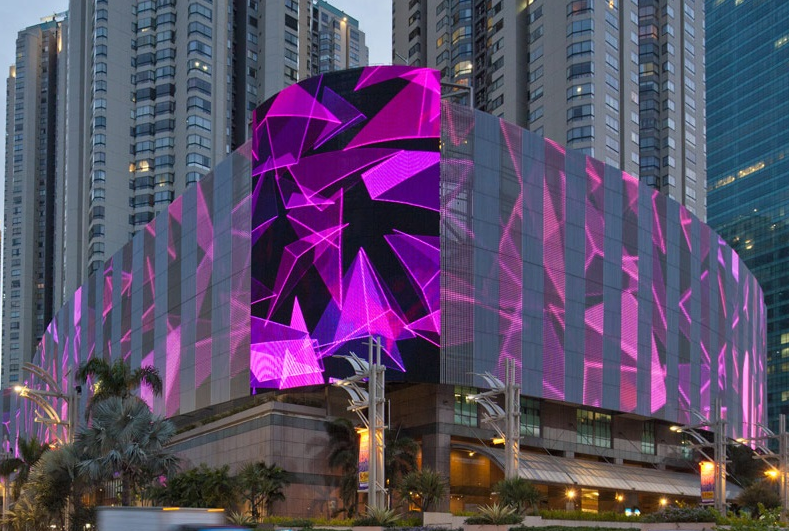
7 solutions to light pollution of LED display
1. Adjust the LED screen brightness according to the ambient brightness
The primary purpose of brightness adjustment is to adjust the brightness of the entire LED screen according to the intensity of the ambient light, so that the LED electronic display screen looks clear, bright and not eye-catching. Most manufacturers of LED display screens in China have realized this function, but there are not many companies and users who really use this skill. On the one hand, there is a lack of accurate and easy-to-use environmental brightness inspection equipment on the market, and on the other hand, there is a lack of reference conditioning standards for LED electronic display profession.
When the human eye is used to the ambient brightness of 800 candela per square meter, the scale of brightness that can be seen clearly is 80-8000 candela per square meter. Any display content beyond this brightness scale requires the human eye to adjust its ability and habits as much as possible and gradually see it clearly. For example, in the outdoor brightness environment of 5000 candela per square meter, the brightness scale of the display device that is easy to watch is roughly 500-50000 candela per square meter. In this environment, if you want to clearly identify the mobile phone content of 60 candela per square meter, you need the human eye to try to adjust it for a few seconds before gradually getting used to it. That is the reason.
According to this theory, we can establish the planning standard of LED electronic display brightness adjustment method. According to the ambient brightness, make the gray scale fall within the scale suitable for human eyes to see comfortably. Especially at night, the maximum brightness of the electronic screen should be less than 10 times the ambient brightness.
2. Light distribution and direction of standard LED electronic display
We should try to consider the rationality of LED light distribution, and make the light energy output by LED evenly distributed in all directions within the scope of the visual point of view, so as to prevent the strong light of LED with small viewing angle from directly shining into the human eye. Together, the direction and scale of LED light irradiation should be limited to reduce the pollution of LED electronic display screens to the surrounding environment.
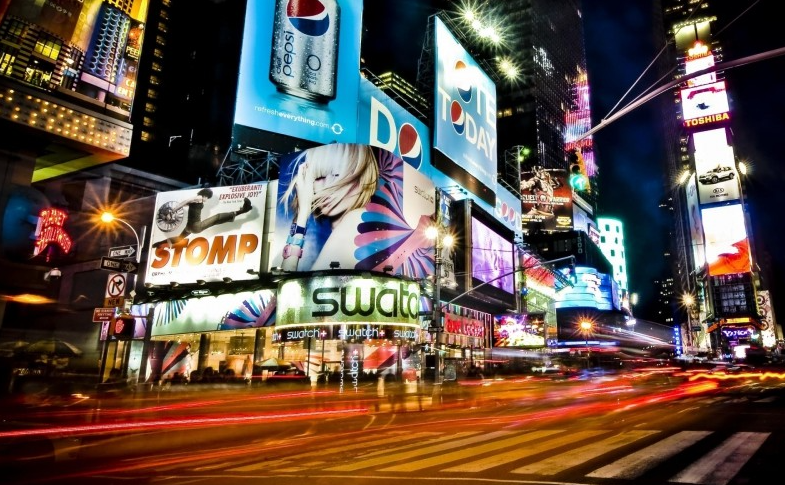
3. Standard electronic screen output frequency
LED electronic display screen manufacturers should plan the display screen in strict accordance with the requirements of the LED electronic display screen standard, and the output frequency of the display screen should meet the requirements of the standard, so as to prevent the viewers from feeling uncomfortable because of the flash of the screen.
4. Explicit safety measures in the operation manual of LED display screen
The user manual of LED display screen should indicate the precautions for use, explain the method of accurately adjusting the brightness of LED display screen, and the possible damage to human eyes caused by long-term direct viewing of LED display screen. When the brightness active conditioning equipment is defective, the manual conditioning method should be adopted or the LED display screen should be closed.
When encountering eye-catching LED display screen in the dark environment, the self-protection method should be: do not look directly at the LED display screen for a long time or carefully identify the details of the image on the LED display screen, and try to prevent the LED from forming bright spots on the fundus of the eye after gathering through both eyes and burning the retina.
5. Protection measures for LED display screen planning and production process
Planning and production personnel will touch the LED display screen more frequently than users. During the planning and production process, it is required to test the overload operation of LED. Therefore, the planning and production personnel should pay more attention to and adopt special protection measures for LED display screen planning and production process than simply exposed to the strong LED light.
During the production and test of LED outdoor high-brightness LED display screen, relevant staff should wear black sunglasses with brightness attenuation of 4-8 times to be able to view the details of LED display screen at a close distance. During the production and test of indoor LED display screen, relevant staff must wear black sunglasses with brightness attenuation of 2-4 times. Especially the staff who test the LED display screen in the dark environment should pay more attention to safety protection. It is necessary to wear black sunglasses before they can look directly at the LED display screen.
6. Blue output of standard LED electronic display
The human eye can perceive different wavelengths of light differently, because brightness is a parameter based on the perception characteristics of the human eye, and only brightness can not accurately reflect the intensity of light. Taking the irradiation amount as the target for measuring the safety energy of visible light can more accurately reflect the dose of light on both eyes. The measured value of irradiance measuring equipment should be used instead of the brightness perception of blue light in both eyes as the basis for judging whether the output intensity of blue light will cause damage to both eyes. LED display manufacturers and users should reduce the blue light output component of LED electronic screens under the condition of satisfactory display.
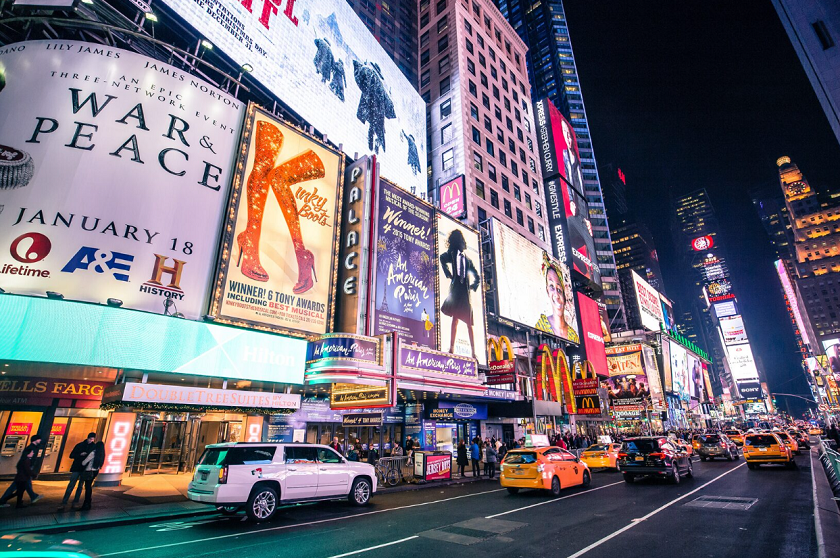
7. Introduce advanced technology
The brightness changes of LED display screen in different time periods and different places are significantly different. Once the brightness output of the display exceeds 60% of the ambient brightness, it will cause discomfort to the human eye and light pollution. Therefore, the LED display screen should be equipped with an outdoor brightness acquisition system to collect the ambient brightness in real time and transmit the ambient brightness information to the central control room. The central control room will automatically calculate the most appropriate display screen output brightness based on the received data information, and use this as the basis for brightness adjustment.
In addition, multi-level gray correction technology should be introduced into LED display screen to improve the problem of harsh color transition of ordinary 8 bit color display screen and avoid bringing strong discomfort to human eyes. With the support of multi-level grayscale correction technology, the color display level of the original display system can be upgraded to 14 bits, thus bringing soft color transition to the human eye and reducing the stimulation of light to the human eye.

